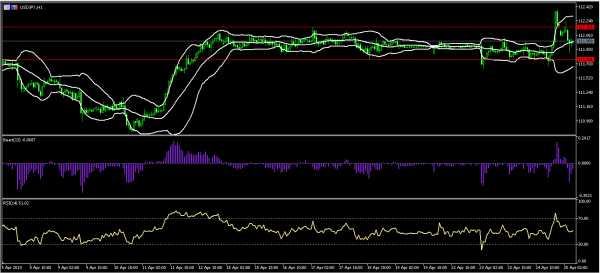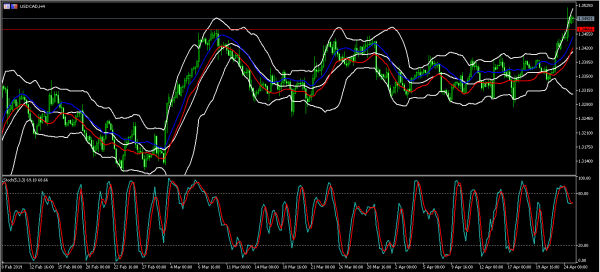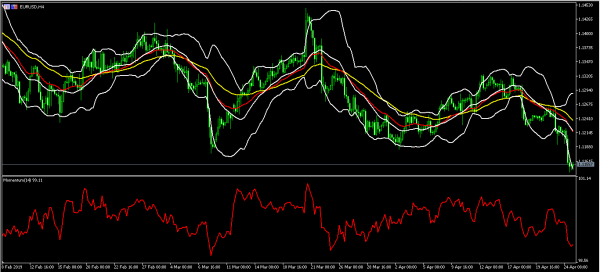The Canadian dollar declined after the central bank announced its interest rates decision. As expected, the bank left interest rates unchanged at the 1.75% level. This was the fourth straight month the bank has left rates unchanged. In the monetary policy statement, the bank said that it expected the global economy to pick up in 2019 by an average of 3.75%. Growth in Canada is expected to pick up in the second quarter whereas the housing market is expected to stabilize. Consumption is predicted to increase over the same period. The bank expects the Canadian economy to grow by 1.2% this year and 2% in 2020.
The price of crude oil remained near yearly highs after the EIA released crude oil inventories for the past week. The data showed that the inventories rose by 5.4 million barrels, which was higher than the expected 1.25 million barrels. Previously, the American Petroleum Institute (API) said that the inventories rose by 6.9 million barrels. Investors are still concerned about the Iran sanctions and how OPEC will react.
The Japanese yen gained against the USD after the Bank of Japan (BOJ) delivered its interest rates decision. The bank left interest rates unchanged at minus 0.1% as expected. It will also continue to purchase more Japanese Government Bonds (JGB) so that the yield on the 10-year notes remain around zero per cent. The bank also guided that the current interest rates will be maintained until at least ‘spring 2020’. The bank is facing the challenge of slow growth and extremely low inflation rates. In fact, recent data revealed that the country’s exports had the fourth straight month of decline while consumer sentiment declined to the lowest level in three years.
EUR/USD
The EUR/USD pair declined as investors continued to worry about European growth. This is after Germany’s survey data showed signs of more weakness. In the US, the earnings season showed that the economy is still doing well. The pair reached a low of 1.1140, which was the lowest level since June last year. On the four-hour chart, this price is below the 50-day and 25-day moving averages. The pair is also along the lower line of the Bollinger Bands while the momentum indicator has fallen. Today, the pair could continue the downward trend to reach the 1.1140 level.
USD/JPY
The USD/JPY pair declined sharply before and after the BOJ delivered its interest rates decision. The pair declined from a high of 112.40 to an intraday low of 111.83. On the hourly chart, the pair is trading along the middle line of the Bollinger Bands. The Bears Power has weakened slightly while the RSI is trading at the 50s level. Today, the pair could decline to test the important support level of 111.75.
USD/CAD
The USD/CAD pair rose to an intraday high of 1.3522, which is the highest level since January. The pair broke the important resistance of 1.3465. On the four-hour chart, the pair is currently trading along the upper line of the Bollinger Bands and above the Envelopes indicator. The Stochastics indicator has fallen from the overbought level of 80. There is a likelihood that the pair will retest the support of 1.3465 before resuming the upward trend.














